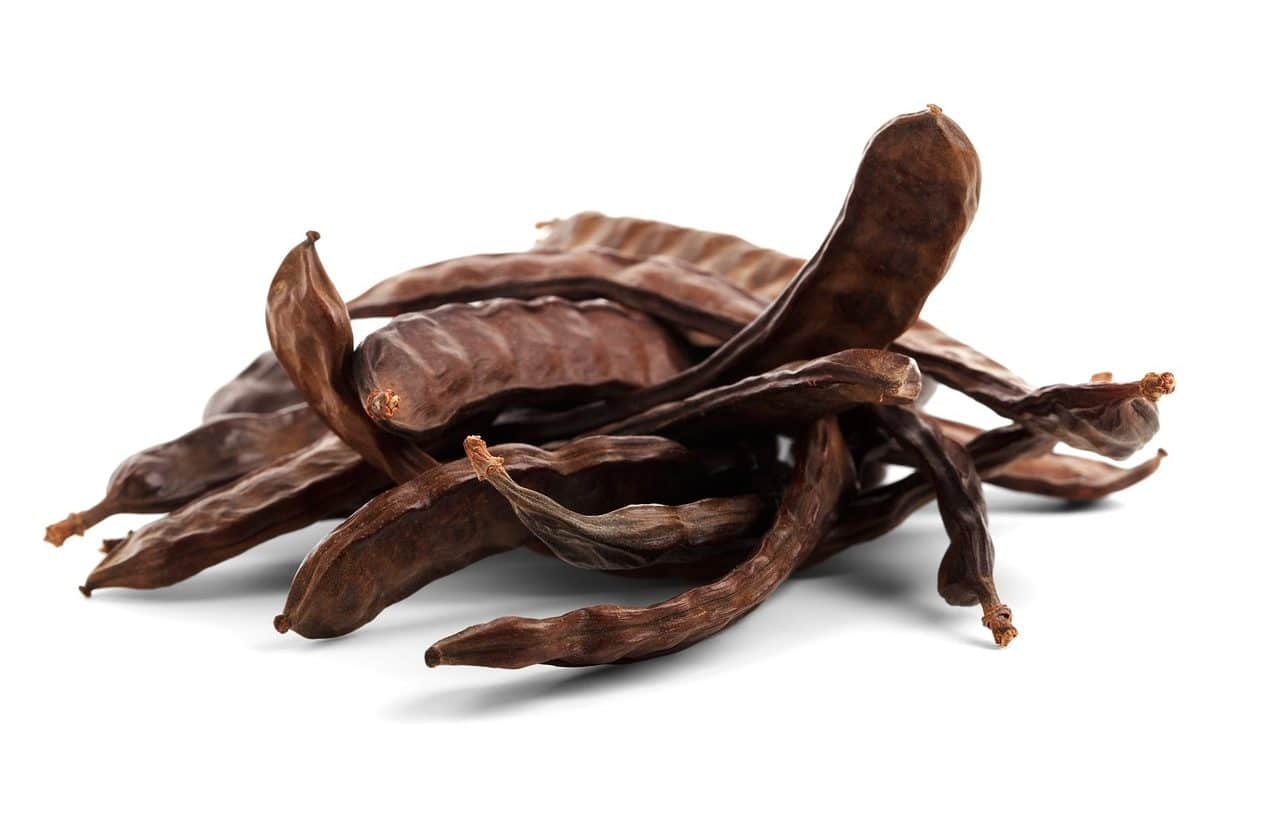
Different species of tree are called carob trees.
A carob tree is a tree that belongs to the genus Prosopis , of the Fabaceae family. These are species that usually measure around ten meters and have the carob as their fruit.
The white carob tree , whose scientific name is Prosopis alba , is found in Argentina , Chile , Paraguay , Bolivia and Peru . This tree is often used for ornamental purposes, while its wood allows the production of floor coverings, doors, barrels and other items.
Different types of carob trees
Prosopis pallida is known as pale carob . Due to the hardness of its wood, it is used for the manufacture of parquet and furniture pieces . The same goes for the Prosopis nigra or black carob tree .
Ceratonia siliqua is called the European carob tree , a tree from the Mediterranean region that is resistant to drought and whose wood is used in carpentry . The carob from this tree, on the other hand, is used as food , while its leaves are used for livestock.
The crazy carob tree ( Cercis siliquastrum ), for its part, can exceed 15 meters in height. It resists drought and cold , although not frosts that last over time. The wood of this tree, unlike what happens with other carob trees, is not valued for its quality.

The carob fruit is valued for its properties.
Its fruit
Regarding the fruit of carob trees, it should be noted that the seeds are found in pods, which can be dark or white depending on the species. These seeds contain phosphorus, iron, calcium, sugars and other components. They are often used to replace cocoa , being healthier.
The carob fruit offers a long list of benefits , both to humans and to other animals. Although in this case we will focus on those that directly affect us, it is worth mentioning that various species of mammals are very attracted to the flavor of carob and eat it as if it were their "favorite dessert."
Medicinal properties of carob
Among the medicinal properties of carob is its high content of mucilage , a type of soluble fiber that acts in treatments against mucosal inflammation. This fruit is very beneficial for cases of respiratory tract irritation, digestive problems, diarrhea and any pain or discomfort in the stomach.
On the other hand, carob is an energy food , which only has 10% protein compared to 50% natural sugar . It also has a high content of tannins, a powerful natural antioxidant, and various vitamins , among which those of group B, B1 (also known as thiamine), B2 (or riboflavin), B3 (niacin) and pro vitamin A stand out.
Asthma is a disease characterized by swelling of the airways to the point of making breathing dangerously difficult. It is an illness that affects many people and prevents them from leading a completely normal life. Although carob does not offer a cure for this disorder, its resin is highly recommended to complement treatments, since one of its most outstanding characteristics is its expectorant capacity , which helps cleanse the respiratory tract naturally.
Other health problems or conditions that can be improved thanks to the carob fruit are cystitis, gonorrhea, laryngitis, constipation, eye irritation and throat inflammation. Furthermore, since it does not contain gluten, it is a very suitable food for celiac individuals.
Carob is sold in different forms, such as powder (which must be diluted in water before use), tablets, seeds, cookies or flour, among others. It is important to alternate it with other foods, to prevent it from inhibiting the digestion of certain nutrients .
